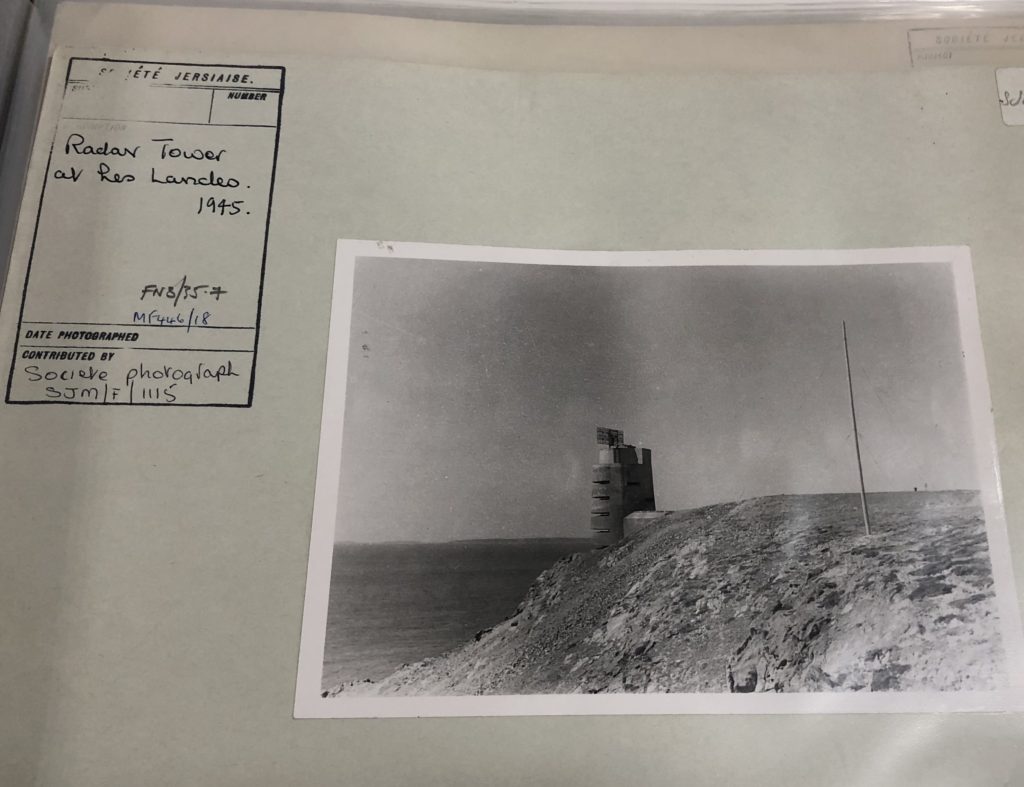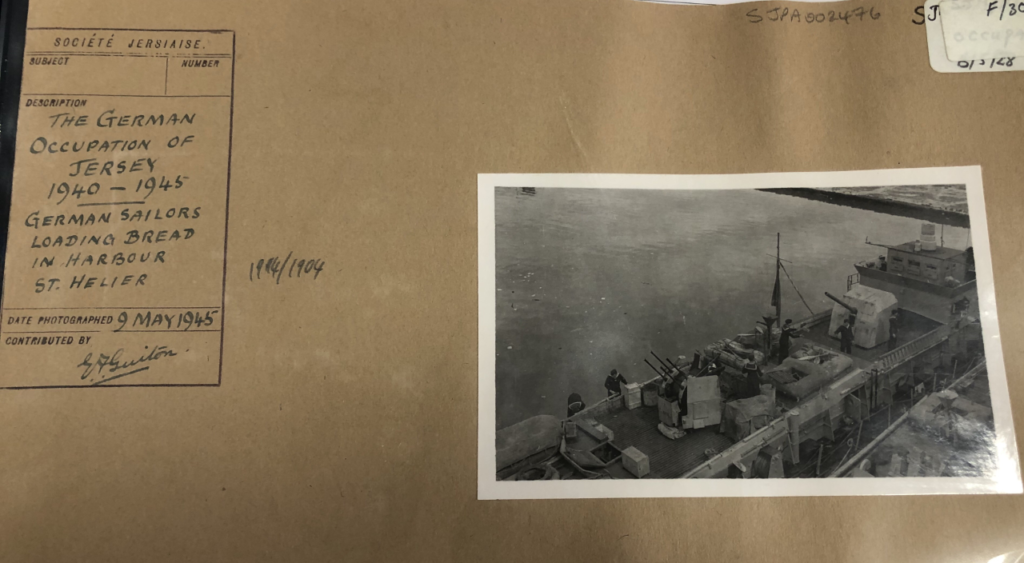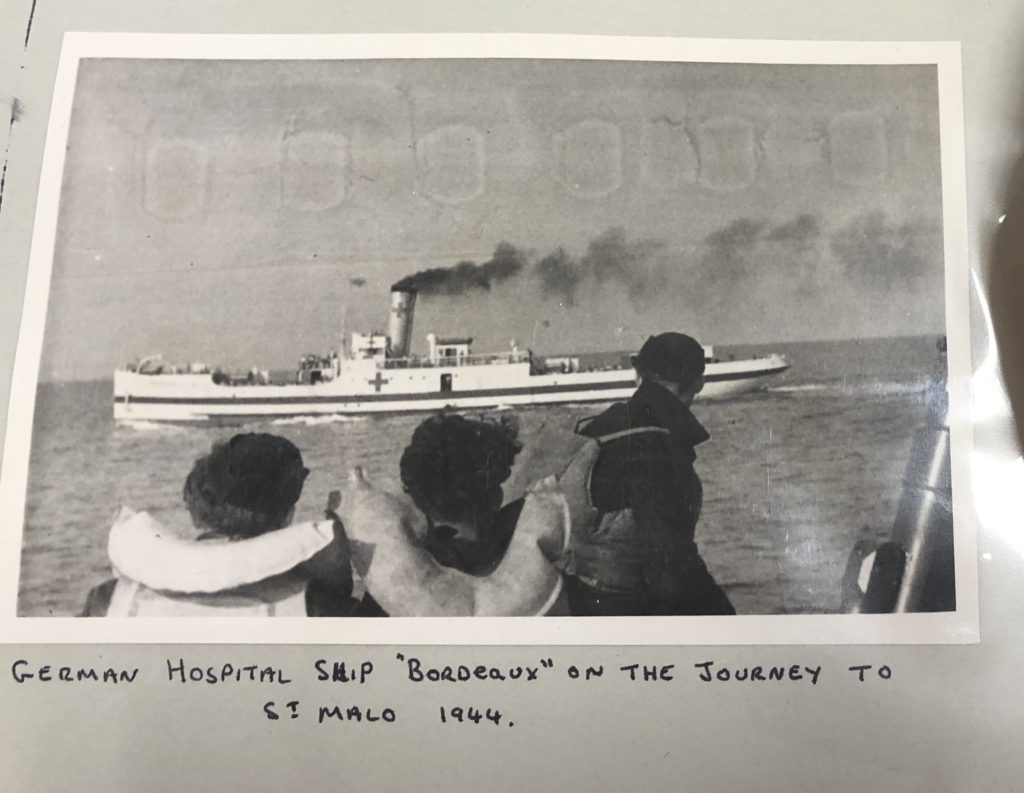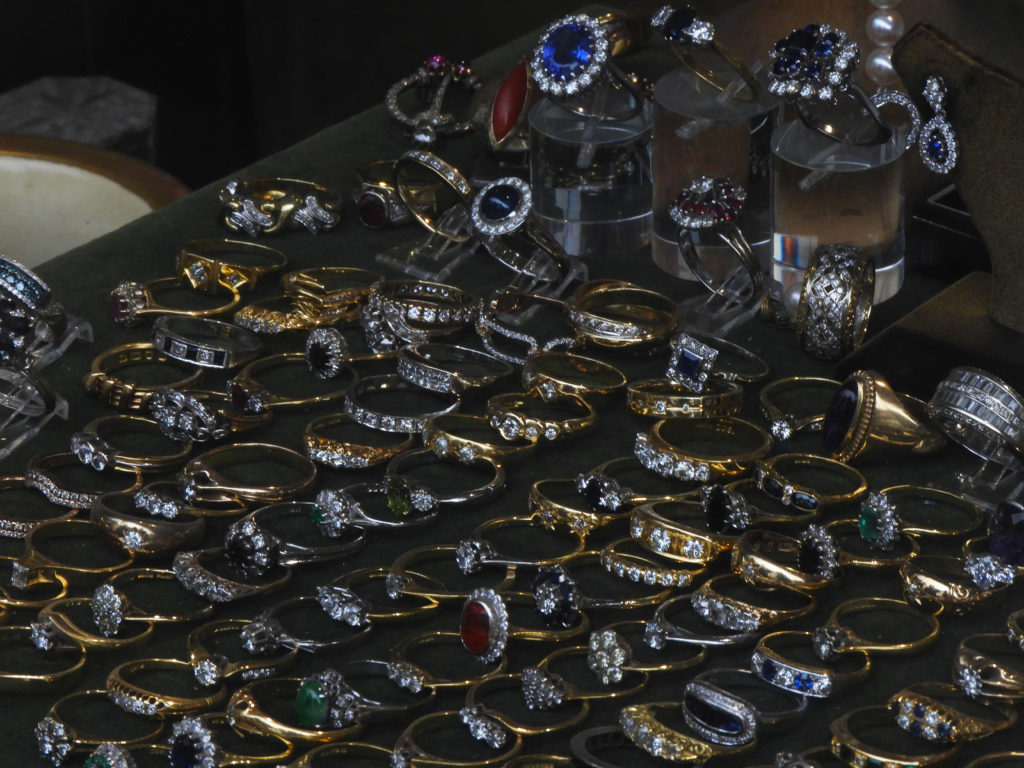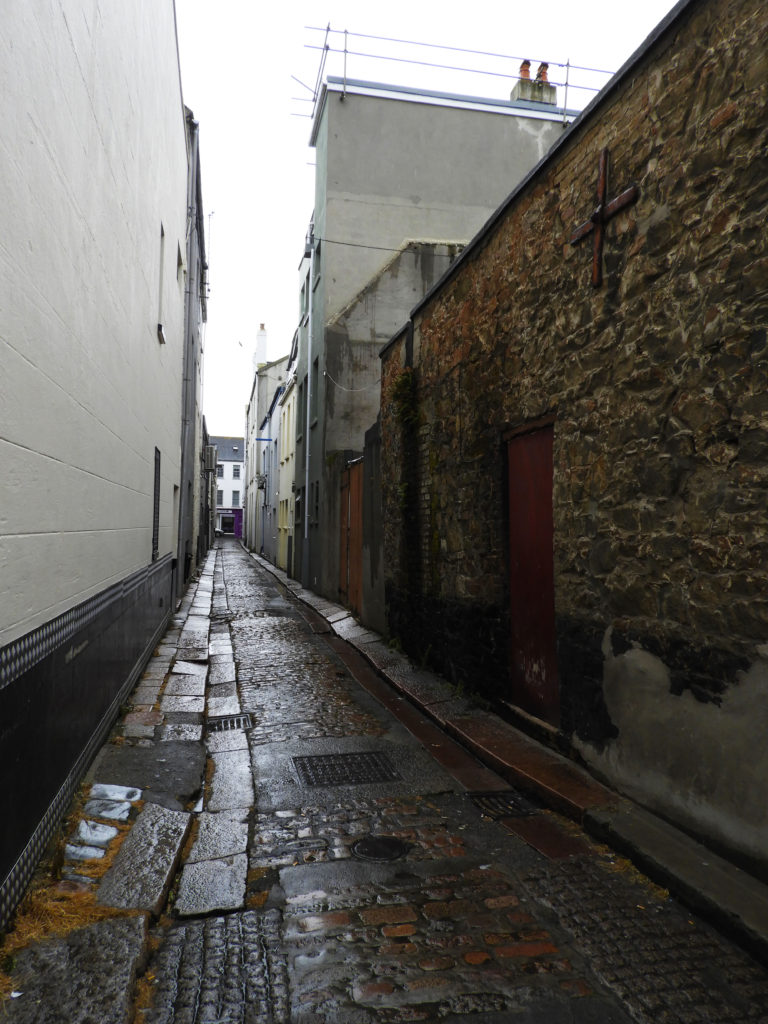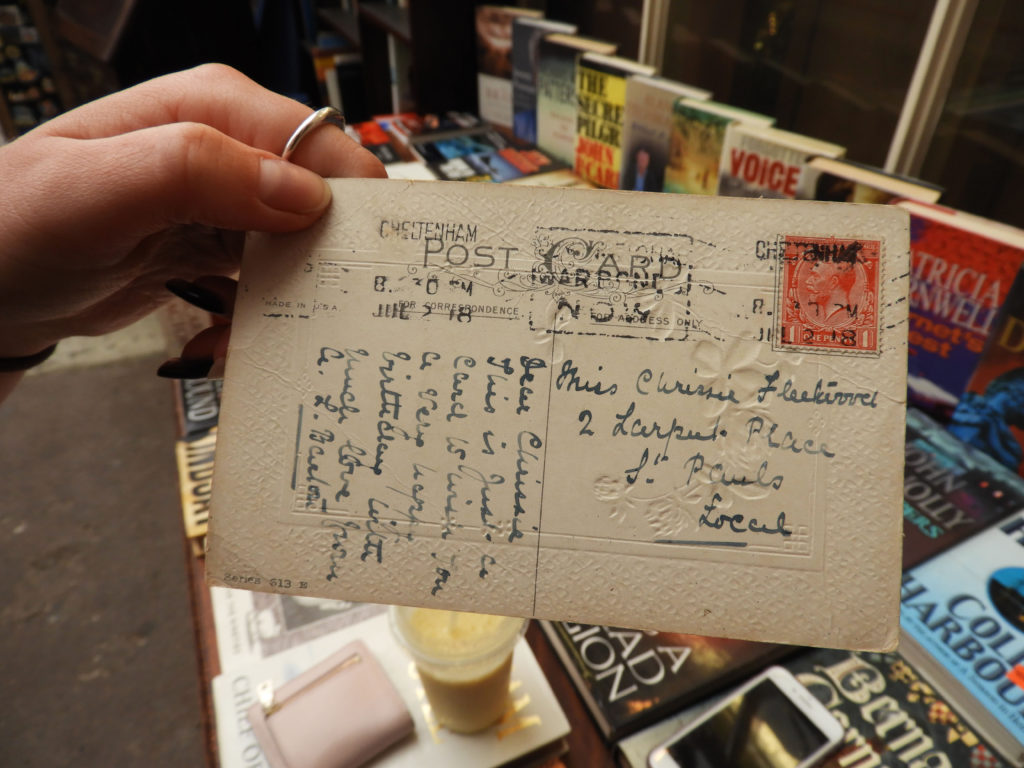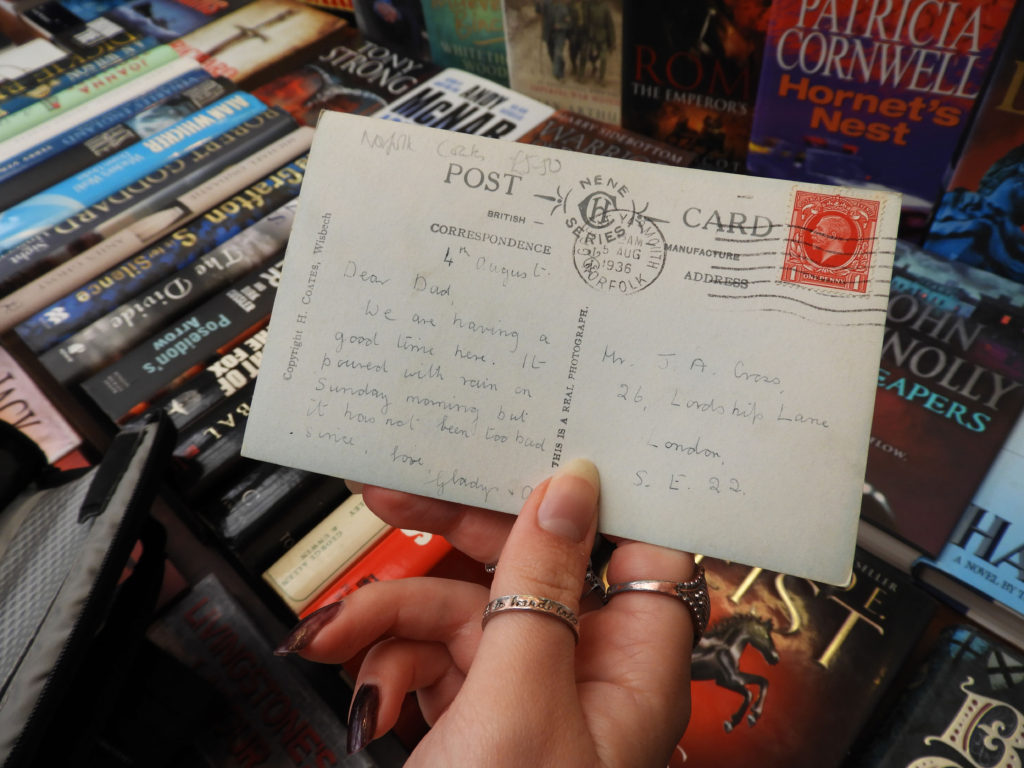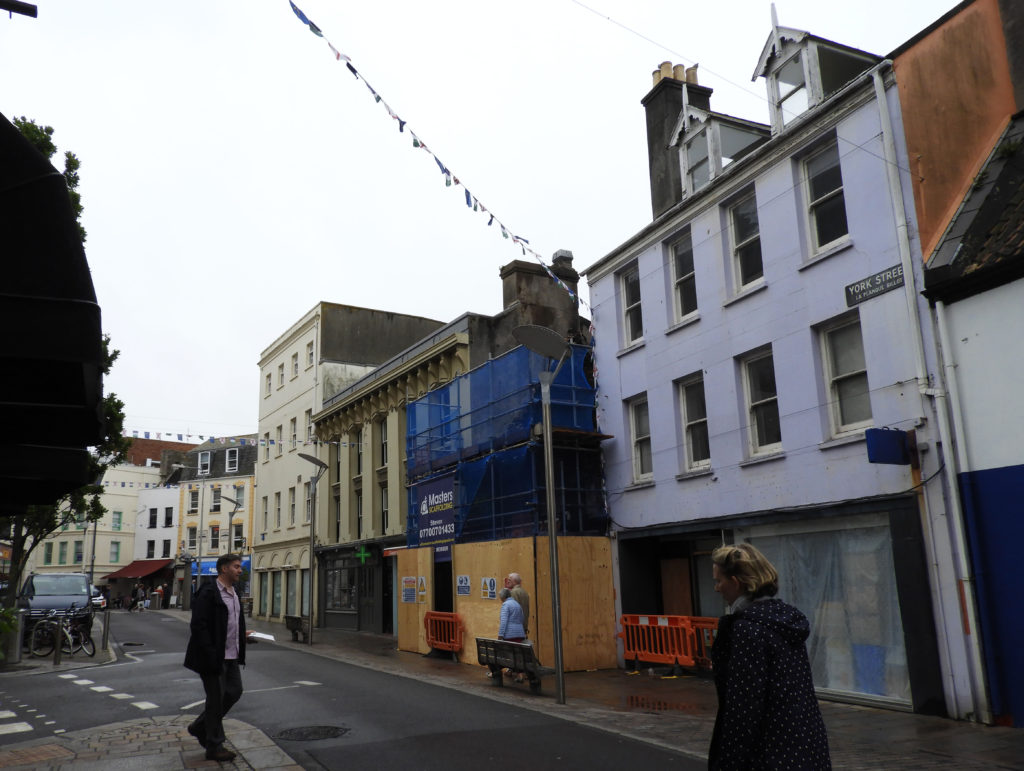For our project looking into the Occupation of Jersey we will be looking into and exploring the effects and the aftermath as well as the impact and history of what occurred on the island. We will be doing this by looking at Landscapes, People and Objects. Each being able to tell a different story and generate a different set of images and outcomes.
The German occupation of Jersey began one week after the British Government had demilitarised the Channel Islands fearing for the safety of civilians should there be any conflict. On the 28th of June the German airforce, not knowing of the demilitarisation, bomb and machine gun multiple sites on the island. A few days later on 1st July 1940 General Richthofen, The Commander of the German Air Forces in Normandy, dropped an ultimatum from the air demanding the immediate surrender of the island. White flags and crosses were placed in prominent positions and later that day Jersey was occupied by air-borne troops under the command of Hauptmann Gussek.
German Command: Under the occupying forces, one of the greatest hardships was the lack of news from the mainland after the Germans had outlawed the use of radio. A number of individuals would often risk imprisonment making their own sets and spreading frontline news. In the months following D-Day, as the allies regained control of France, the source of supplies fuelling the island was now no longer available.
Fortress Island: Hitler order the conversion of Jersey into an impregnable fortress island. Thousands of slave workers from countries like Russia, Spain, France and Poland built hundreds of bunkers, anti-tank walls, railway systems, as well as many complex tunnel systems. F
Victory On the Horizon: The German command were defiant and no reference to surrender was entertained. Despite the nonchalance of the German occupying forces, which were still officially recognised, Jersey’s preparations for liberation began to take noticeable shape. In June 1944, the Normandy landings marked the initiation of ‘Operation Overlord’, the invasion of northwest Europe by the Allied forces. By 7 May 1945, the German army had surrendered and the end of the war in Europe was announced. In June 1944, the Normandy landings marked the initiation of ‘Operation Overlord’, the invasion of northwest Europe by the Allied forces. By 7 May 1945, the Germany army had surrendered and the end of the war in Europe was announced.
German Surrender: The front page of the Jersey Evening Post carried Jersey’s first confirmation of the Allies’ victory in Europe, and islanders were informed that Winston Churchill would broadcast the Nation’s first official announcement that afternoon at 3.00pm. Crowds began to gather at various locations to hear the announcement that would declare their liberation. Islanders waited patiently amidst the heavy air of expectation.
Liberation: At 7.15am on 9 May, on the quarter deck of HMS Bulldog, Second-in-Command for Guernsey General Siegfried Heine signed the Instrument of Surrender on behalf of the German Command of the Channel Islands, effecting their capitulation. On completion of this, General Heine was then ordered to “immediately cause all German flags and ensigns now flying in the Channel Islands to be lowered”.
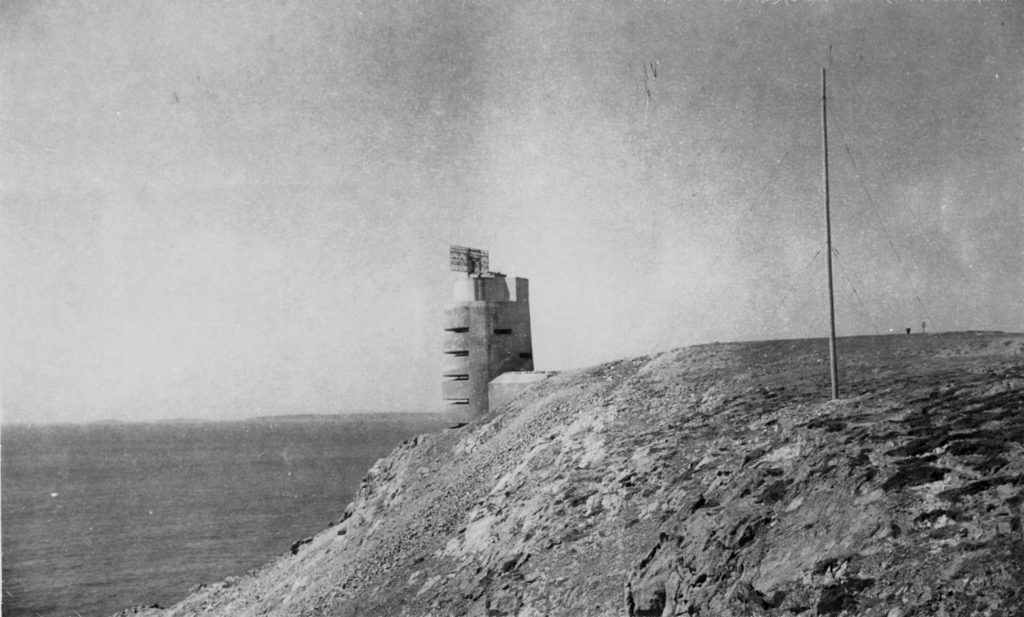
Archival image from the Société Jersiaise

